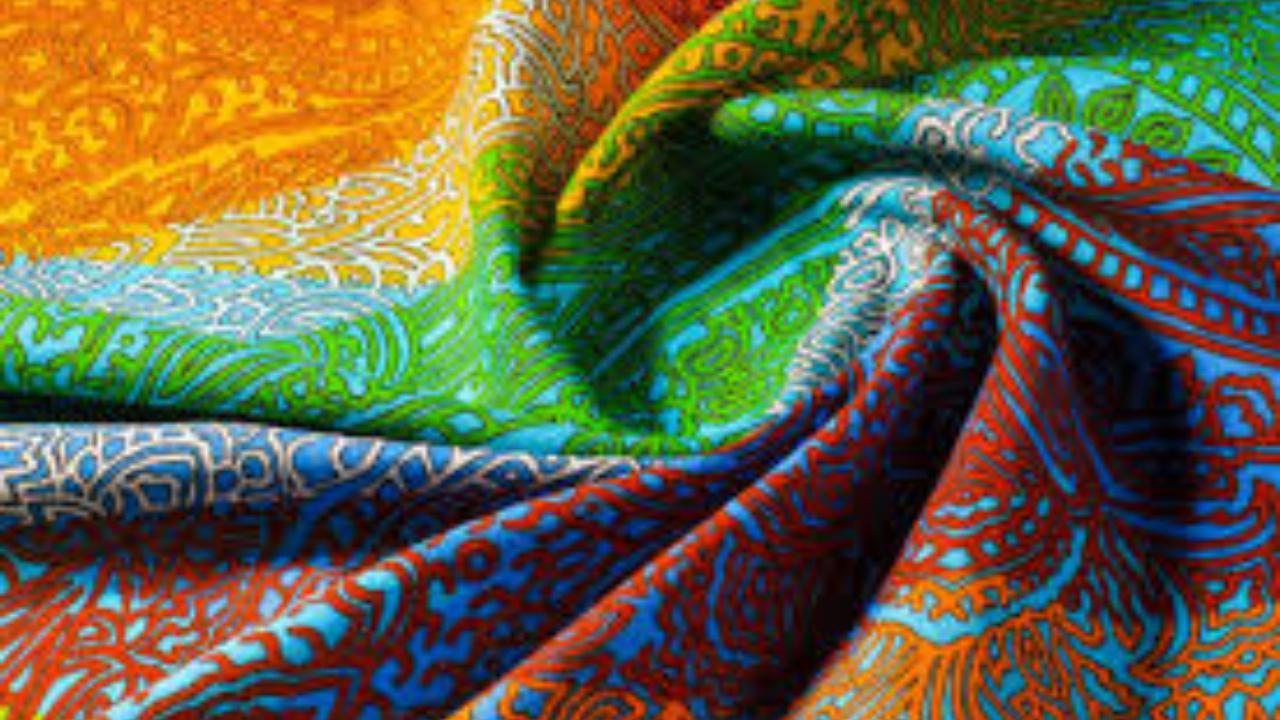Delicate fabrics like Chikankari and handpainted garments require special care during monsoon to brave the humid weather

Image for representational purposes only (Photo Courtesy: iStock)
While monsoon is a season to revamp your wardrobe and opt for weather-appropriate clothing, it is also the time when some clothes need extra care to stand the test of rain and humidity. Delicate fabrics like Chikankari and handpainted garments are more likely to be affected in this damp weather due to intricate designs and stitching, hence requiring special attention.
ADVERTISEMENT
Speaking to mid-day.com, Anuja Gupta, founder and CEO of Chowkhat, shares essential monsoon clothing care tips to save your favourite garments.
Before the Rains Arrive
Pre-Monsoon Wash: Give your Chikankari and handpainted clothes a thorough wash before the monsoon. Use a gentle detergent specifically formulated for delicate fabrics. Avoid harsh chemicals, bleaching agents, and strong fabric softeners. Opt for a mild, natural detergent or a baby shampoo.
Colour Run Test: If you're unsure about the colour fastness of your handpainted garment, perform a simple test. Dab a cotton bud dipped in water on an inconspicuous area, preferably a seam. If the colour bleeds, it's best to get it professionally dry-cleaned.
Storage: Pack away your summer wear in breathable cotton bags. Avoid using plastic covers that can trap moisture and lead to mildew growth.
Also Read: Your complete guide to top wardrobe picks for monsoon
During the Monsoon
Limit Wear: While it might be tempting to flaunt your beautiful Chikankari kurta during the monsoon, try to limit wearing these delicate pieces during heavy downpours. Opt for water-resistant fabrics like cotton or polyester during peak monsoon months
Immediate Attention: If your Chikankari or handpainted garment does get wet, don't let it sit damp for long. Gently blot the excess water with a clean, absorbent cloth. Avoid wringing or rubbing the fabric, as this can cause colour bleeding or damage the embroidery.
Drying: Never hang your wet Chikankari or handpainted clothes in direct sunlight. Strong UV rays can cause fading and weaken the fabric. Instead, spread them out on a clean, dry towel in a well-ventilated area.
Ironing: Refrain from ironing wet Chikankari or handpainted clothes. Always wait for them to dry completely before ironing. Use a low heat setting and place a clean cloth between the iron and the garment to protect the delicate work.
Storage during Monsoon
Once your clothes are completely dry, store them in a cool, dry place. If there's lingering dampness, consider placing a moisture absorber sachet near them to prevent mildew growth.
Avoid storing your clothes in airtight containers during the monsoon. This can trap moisture and lead to musty odours. Every few days, take out your stored Chikankari and handpainted clothes and air them out for a bit.
Additional Tips
Stains: For any minor stains, address them promptly. Use a gentle stain remover specifically designed for delicate fabrics. Always test the stain remover on an inconspicuous area before applying it to the stain itself.
Professional Help: For stubborn stains or extensive damage, consider taking your Chikankari or handpainted garment to a professional dry cleaner who specialises in delicate fabrics.
Embellishments: Pay close attention to any embellishments like beads, sequins, or embroidery on your Chikankari clothes. Moisture can loosen the threads or cause the beads to tarnish. Check them regularly and tighten any loose threads carefully.
A little care will ensure longevity of these delicate garments, keeping them safe and vibrant throughout monsoon.
Also Read: Commuting by Mumbai local trains during monsoons? Mumbaikars share fashion, travel hacks
 Subscribe today by clicking the link and stay updated with the latest news!" Click here!
Subscribe today by clicking the link and stay updated with the latest news!" Click here!







